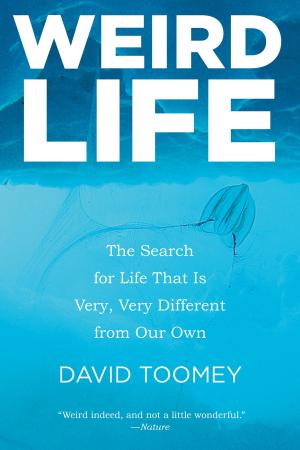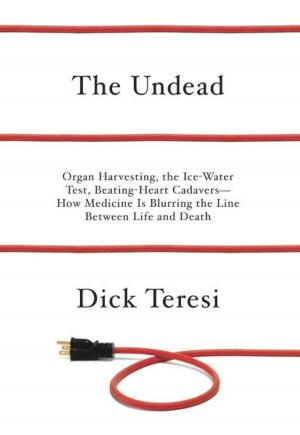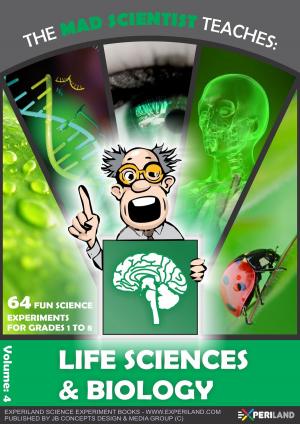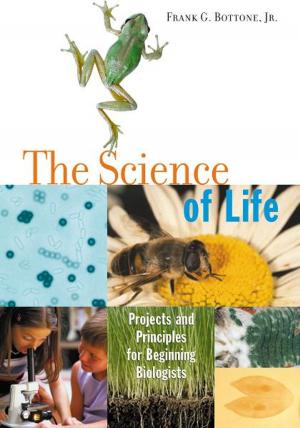The Evolution of Aging: How New Theories Will Change Medicine
Nonfiction, Health & Well Being, Health, Health Care Issues, Science & Nature, Science, Biological Sciences, Biology| Author: | Theodore Goldsmith | ISBN: | 9781301444366 |
| Publisher: | Azinet Press | Publication: | May 24, 2013 |
| Imprint: | Smashwords Edition | Language: | English |
| Author: | Theodore Goldsmith |
| ISBN: | 9781301444366 |
| Publisher: | Azinet Press |
| Publication: | May 24, 2013 |
| Imprint: | Smashwords Edition |
| Language: | English |
Why do we age? Many believe that aging is the result of fundamental and unalterable limitations. We can try to treat highly age-related diseases like cancer and heart disease but nothing can be done about aging itself. Anti-aging medicine is impossible.
Others believe that we age because our bodies do not try harder to prevent damage from natural deteriorative processes. Eventually, we might find pharmaceutical agents that enhance our natural anti-aging functions. For many decades this second theory was considered the most likely.
More recently, it has become increasingly clear that we age because we are designed to age and possess a sort of biological suicide or “programmed aging” mechanism that purposely limits our lifespans. Pharmaceutical agents can presumably be found that interfere with the aging program and thereby delay the incidence of many age-related diseases and conditions. Some such agents apparently already exist.
Evolution theory is critical to aging theories. All three aging theory concepts are derived from slightly different versions of Darwin’s “survival of the fittest” idea.
This book describes the exciting developments that led to the conclusion that the programmed aging theory is correct and summarizes some research initiatives that are already underway based on this theory. The development of the evolutionary theories that are relevant to aging theory is discussed in detail.
Print length 255 pages, 28 illustrations.
Why do we age? Many believe that aging is the result of fundamental and unalterable limitations. We can try to treat highly age-related diseases like cancer and heart disease but nothing can be done about aging itself. Anti-aging medicine is impossible.
Others believe that we age because our bodies do not try harder to prevent damage from natural deteriorative processes. Eventually, we might find pharmaceutical agents that enhance our natural anti-aging functions. For many decades this second theory was considered the most likely.
More recently, it has become increasingly clear that we age because we are designed to age and possess a sort of biological suicide or “programmed aging” mechanism that purposely limits our lifespans. Pharmaceutical agents can presumably be found that interfere with the aging program and thereby delay the incidence of many age-related diseases and conditions. Some such agents apparently already exist.
Evolution theory is critical to aging theories. All three aging theory concepts are derived from slightly different versions of Darwin’s “survival of the fittest” idea.
This book describes the exciting developments that led to the conclusion that the programmed aging theory is correct and summarizes some research initiatives that are already underway based on this theory. The development of the evolutionary theories that are relevant to aging theory is discussed in detail.
Print length 255 pages, 28 illustrations.















